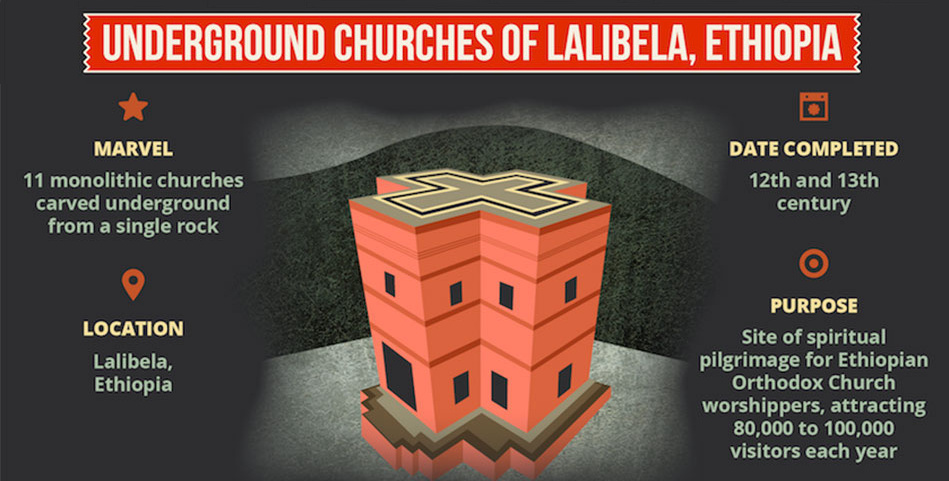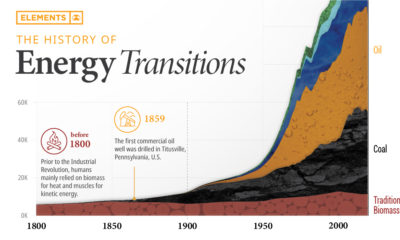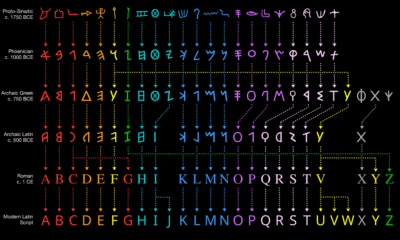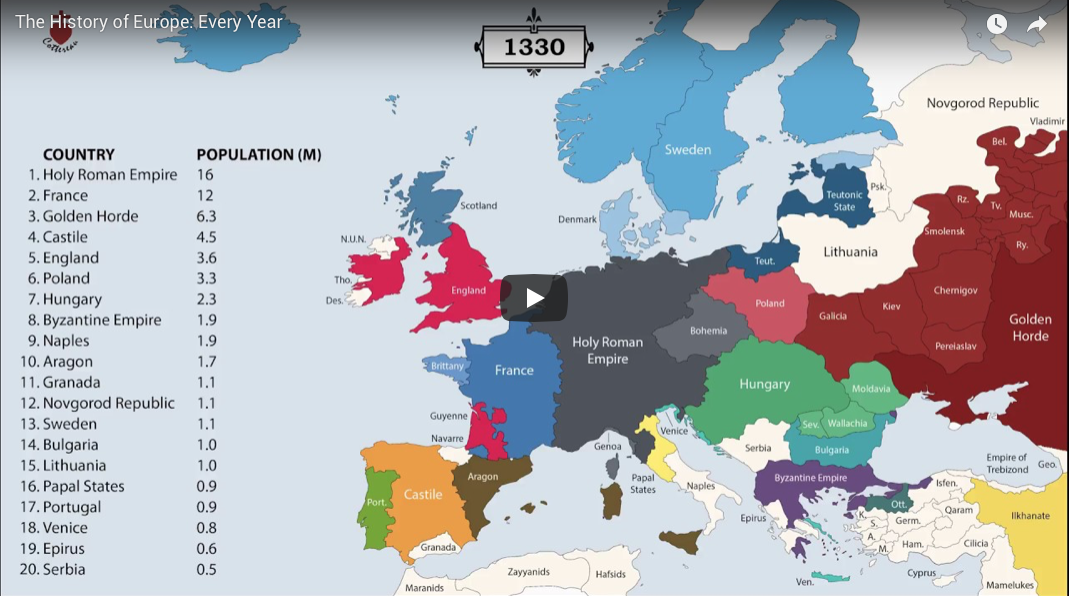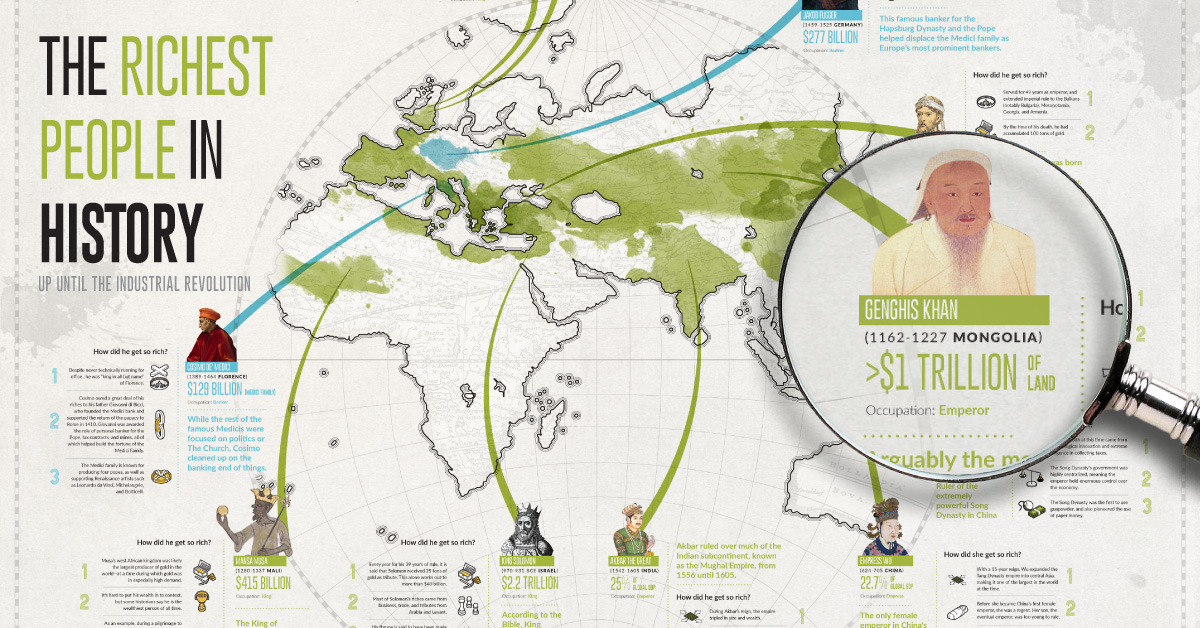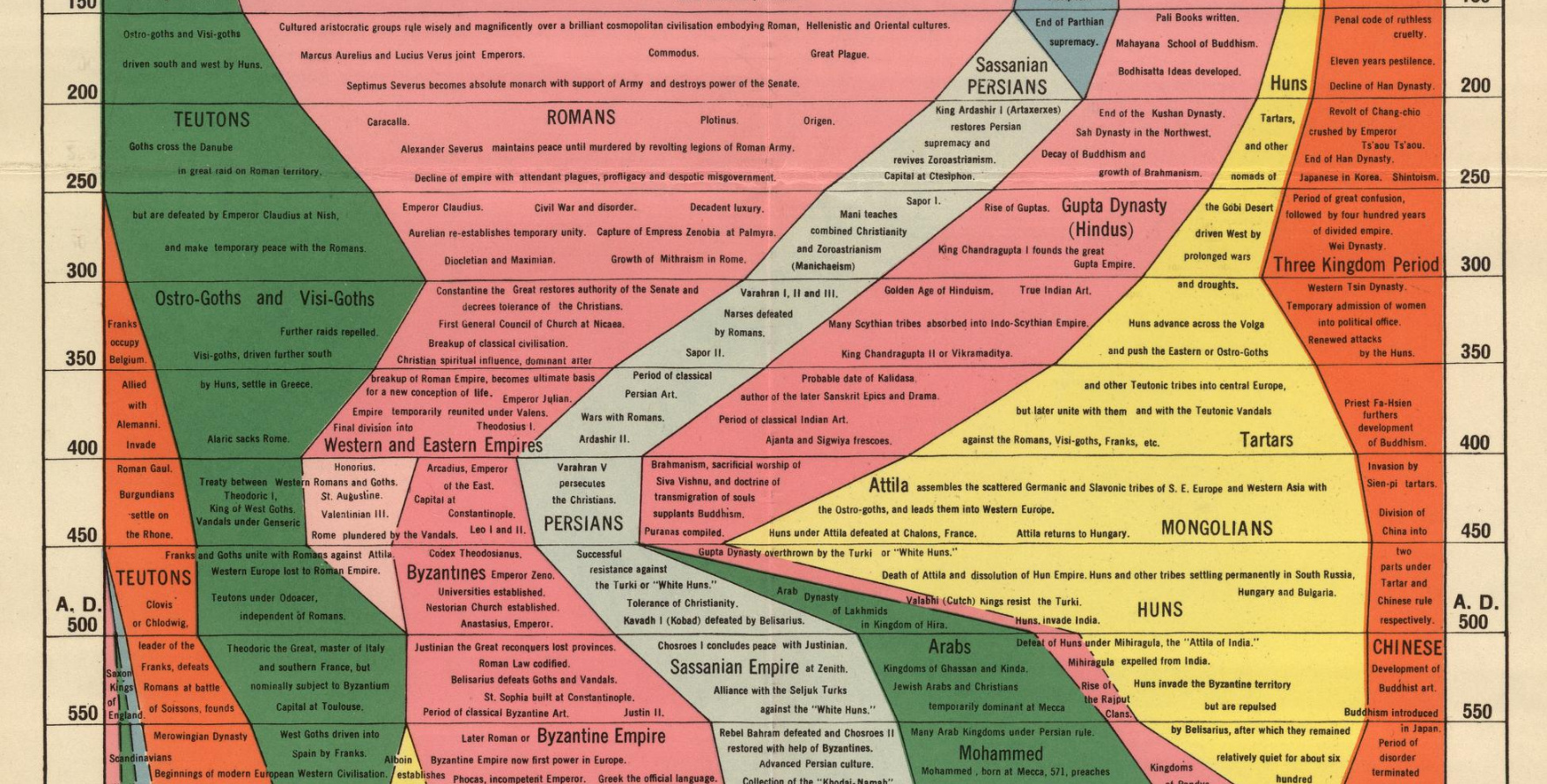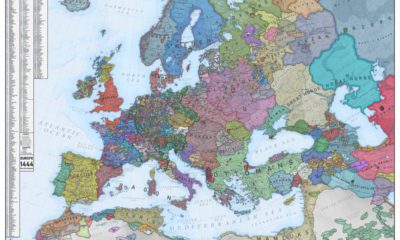We can create suspension bridges that span the widest rivers, or sleek skyscrapers that are over 1,000 m (3,300 ft) high. Even further, we can design these complex structures with extreme amounts of precision and consistency. But while there is no shortage of modern engineering accomplishments to marvel at, it’s true that our ancestors also made impressive feats in the field of civil engineering. Ancient cultures were able to do things that still baffle people today, such as constructing majestic pyramids, erecting flawless walls out of huge boulders, or carving out multiple underground, monolithic churches from a rocky ridge.
Engineering Feats of the Ancient World
Today’s infographic comes to us from Norwich University, and it showcases details on seven civil engineering wonders from the Ancient world. Note: Some ancient wonders, like the Great Pyramid of Giza, Roman aqueducts, and the Great Wall of China can be found on a previous infographic that counts them among the 10 Most Impressive Civil Engineering Projects of All Time
Ancient engineers and architects were able to pull off some pretty impressive feats. Let’s take a detailed look at the seven listed here, including the aspects that continue to baffle modern engineers today.
Ancient Man-Made Wonders
- Saksaywaman, Peru (16th century) Imagine three giant stone walls made of giant boulders that all fit together perfectly, like puzzle pieces. The Incas managed to build these outside of Cusco, using boulders up to 120 tons in size. No one knows how they moved them from a quarry 3 km (2 miles) away to the site – and even more perplexing is how flawless they fit together.
- Leshan Giant Buddha, China (803 CE) This is the world’s largest carved stone Buddha statue in the world, and it stands 232 tall in China. The carved hair of the statue even has a hidden, built-in drainage system that displaces rainwater to protect it from damage.
- Chand Baori, India (10th century) This one of the world’s deepest stepwells, and it provides water to a hot, arid region before modern plumbing was possible. The stairs weave 3,500 steps, or about 13 stories, down into the depths where carved stones collect rainwater.
- Underground Churches of Lalibela, Ethiopia (12th and 13th centuries) These 11 underground churches were carved out of rock from the top-down. They are also connected, using a complex system of drainage ditches, tunnels, and subterranean passageways.
- Teotihuacan, Mexico (450 CE peak) At its peak, this ancient urban city sprawled 22 miles (35 km) with over 200,000 inhabitants. Not only does it have some of the largest pyramidal structures on the planet, but it also has many other unique traits, such as being aligned with celestial, geographic, and geodetic points of significance.
- El Mirador, Guatemala (300 BCE) This is the largest of five known Pre-Classical Mayan cities and it contains the world’s largest pyramid by volume. A total of 15 million man-days of labor were needed to create the iconic temple, named La Danta.
- The Lost City of Mohenjo Daro, Pakistan (2500 BCE) This city is over 4,500 years old, and it was unknown to modern people until 1921. It housed up to 35,000 people, and contained complex water and sewage system on a grid plan. Mohenjo Daro is regarded today as one of the most important archaeological finds, unveiling details on the Indus Valley people – one of the most widespread and mysterious civilizations of the early Ancient era.
on Even while political regimes across these countries have changed over time, they’ve largely followed a few different types of governance. Today, every country can ultimately be classified into just nine broad forms of government systems. This map by Truman Du uses information from Wikipedia to map the government systems that rule the world today.
Countries By Type of Government
It’s important to note that this map charts government systems according to each country’s legal framework. Many countries have constitutions stating their de jure or legally recognized system of government, but their de facto or realized form of governance may be quite different. Here is a list of the stated government system of UN member states and observers as of January 2023: Let’s take a closer look at some of these systems.
Monarchies
Brought back into the spotlight after the death of Queen Elizabeth II of England in September 2022, this form of government has a single ruler. They carry titles from king and queen to sultan or emperor, and their government systems can be further divided into three modern types: constitutional, semi-constitutional, and absolute. A constitutional monarchy sees the monarch act as head of state within the parameters of a constitution, giving them little to no real power. For example, King Charles III is the head of 15 Commonwealth nations including Canada and Australia. However, each has their own head of government. On the other hand, a semi-constitutional monarchy lets the monarch or ruling royal family retain substantial political powers, as is the case in Jordan and Morocco. However, their monarchs still rule the country according to a democratic constitution and in concert with other institutions. Finally, an absolute monarchy is most like the monarchies of old, where the ruler has full power over governance, with modern examples including Saudi Arabia and Vatican City.
Republics
Unlike monarchies, the people hold the power in a republic government system, directly electing representatives to form government. Again, there are multiple types of modern republic governments: presidential, semi-presidential, and parliamentary. The presidential republic could be considered a direct progression from monarchies. This system has a strong and independent chief executive with extensive powers when it comes to domestic affairs and foreign policy. An example of this is the United States, where the President is both the head of state and the head of government. In a semi-presidential republic, the president is the head of state and has some executive powers that are independent of the legislature. However, the prime minister (or chancellor or equivalent title) is the head of government, responsible to the legislature along with the cabinet. Russia is a classic example of this type of government. The last type of republic system is parliamentary. In this system, the president is a figurehead, while the head of government holds real power and is validated by and accountable to the parliament. This type of system can be seen in Germany, Italy, and India and is akin to constitutional monarchies. It’s also important to point out that some parliamentary republic systems operate slightly differently. For example in South Africa, the president is both the head of state and government, but is elected directly by the legislature. This leaves them (and their ministries) potentially subject to parliamentary confidence.
One-Party State
Many of the systems above involve multiple political parties vying to rule and govern their respective countries. In a one-party state, also called a single-party state or single-party system, only one political party has the right to form government. All other political parties are either outlawed or only allowed limited participation in elections. In this system, a country’s head of state and head of government can be executive or ceremonial but political power is constitutionally linked to a single political movement. China is the most well-known example of this government system, with the General Secretary of the Communist Party of China ruling as the de facto leader since 1989.
Provisional
The final form of government is a provisional government formed as an interim or transitional government. In this system, an emergency governmental body is created to manage political transitions after the collapse of a government, or when a new state is formed. Often these evolve into fully constitutionalized systems, but sometimes they hold power for longer than expected. Some examples of countries that are considered provisional include Libya, Burkina Faso, and Chad.

